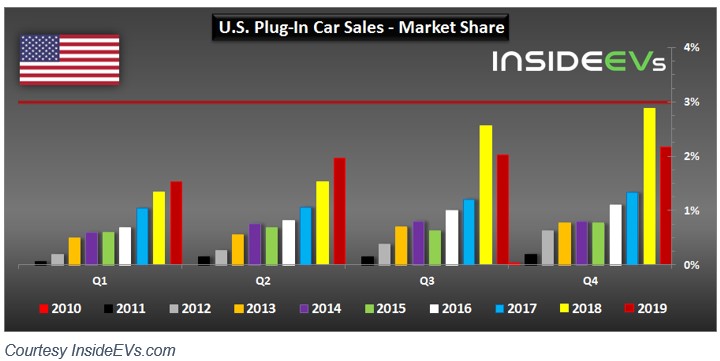Have you ever been asked to do more with less? It seems like we’re asked to do more and more with fewer and fewer resources. Use less money, less time, less materials. It’s a difficult task to achieve, especially when thinking in terms of how your actions impact the environment.
When we look at the biggest offenders to the environment in terms of carbon dioxide (CO2) emissions, concrete is towards the top of the list. Everything from creating the concrete, transporting it and the amount needed to build a structure – it’s all a LOT! Concrete is second only to water as the most-consumer resource on Earth. Concrete is the source of about 8% of the world’s CO2 emissions.
We can’t get away from using concrete. It’s an affordable building material that delivers structural strength and durability. Most buildings are made from it. What we CAN do to help lessen concrete’s environmental impact is make it more responsibly.
Not to mention the regulatory aspect of using concrete… According to this Forbes article, “Under a business-as-usual scenario, the cement company could expect to emit 120 units of GHGs. In the long-term, the goal is for the manufacturer to find ways of producing cement without emitting as many GHGs; to meet its regulatory burden in the short-term, it will need to buy carbon offsets to bring its emissions down to its mandate of 100 units.” Companies need ways to decrease the amount of carbon emissions used in their buildings to earn carbon credits.
Enter graphene.
Adding a small amount of graphene into concrete allows for a 33%+ reduction of material needed for the same load bearing structure. This reduces the amount of CO2 during formation and all the associated transportation. The installation and curing times required are shortened, significantly reducing CO2. Installation and logistics costs are decreased.
Graphene-infused concrete lowers the amount of concrete needed while making the building stronger and more durable. This gives companies more carbon credits for using less material in their structure. Graphene-infused concrete is four times more water resistant and twice as strong as concrete alone.
Reinforce graphene concrete is more environmentally friendly and sustainable. It lowers the amount of maintenance needed on the structure in the long-term, ultimately saving money. It’s a win-win for the company and the environment.
Want more information on our graphene-infused concrete solutions? Contact us at [email protected].

